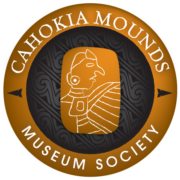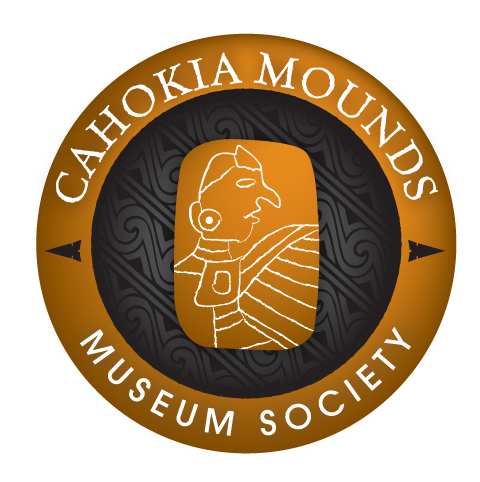Winter Lecture Series March 19, 2 pm
March 19 will be the final installment of the 2017 Winter Lecture Series. This presentation will discuss the changes occurring at Angel Mounds, Indiana. William Monaghan, PhD Indiana Geological Survey, Indiana University-Bloomington and Jeremy J. Wilson, PhD, Department of Anthropology, Indiana University-Purdue University Indianapolis (IUPUI) will be presenting “Anthropogenic Transformation and Population Processes at Angel Mounds: The Founding, Flourishment and Final Days of a Mississippian Village”.
Abstract: Since 2005, archaeological investigations at Angel Mounds, a Mississippian village along the Ohio River in southwest Indiana, have tackled a series of questions related to anthropogenic transformation, the timing of fortification construction, and the use-life for various habitation components of the site. Collectively this research aims to understand the intensity and trajectory of population-level processes at the site from its founding in the 11th century through abandonment in the early 15th century. The well-controlled chronology and developmental history for Angel Mounds derived from a decade of excavations and re-analysis of collections shows that the site underwent different developmental phases. The first occurred AD 1070-1250 with the site serving as an unfortified, ceremonial center with intensive earthwork construction, but few permanent residents. The second phase included the development a fortified village and increased residential population after AD 1300. Meanwhile, the abandonment of Angel Mounds in the early 15th century is attributed to increasing socio-political instability triggered by escalating levels of regional warfare and climatic unpredictability associated with the onset of the Little Ice Age.
For more information regarding this event, contact the Information Desk at 618-346-5160.




